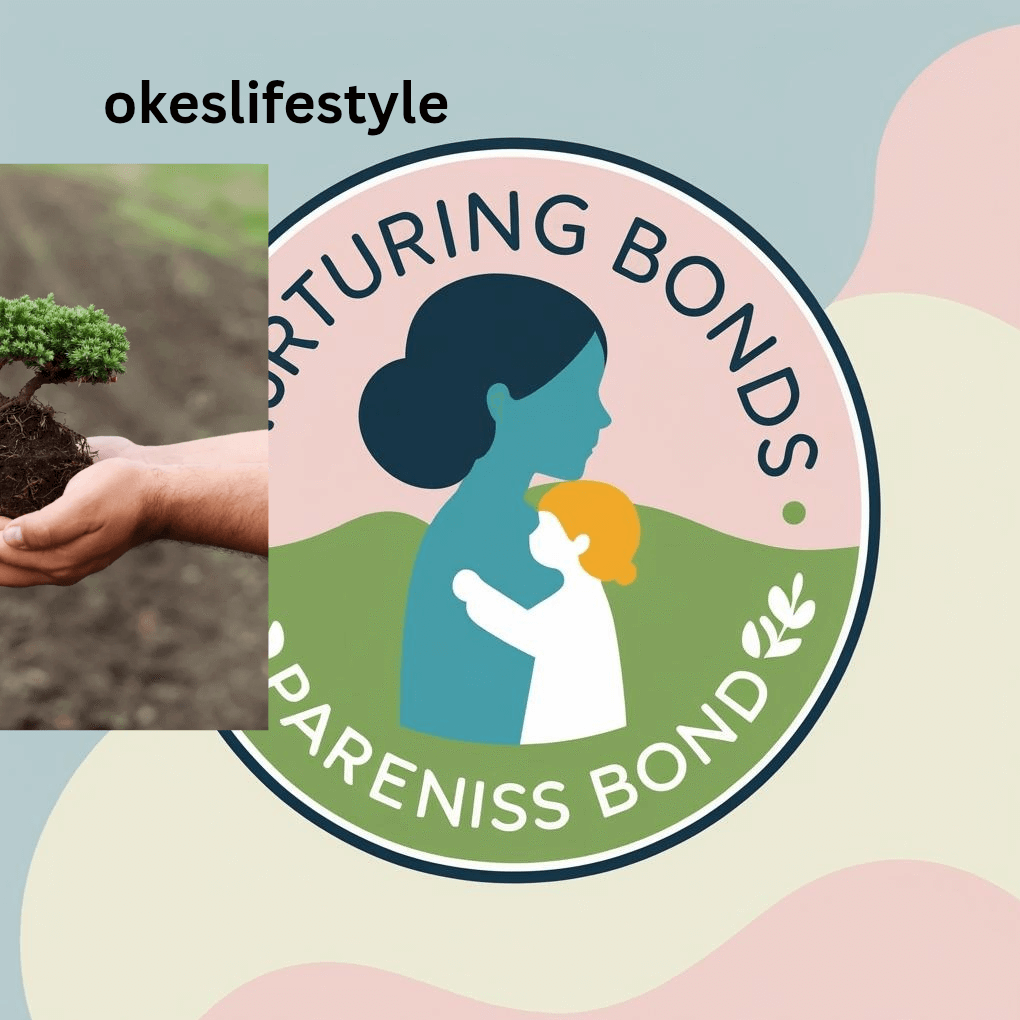i will walk you through top 10 gardening tools for beginners you never knew about
Going into gardening without some essential knowledge of the tools needed is going to make you and your plants struggle.When I first started gardening, I thought all I needed was a shovel and a little enthusiasm.
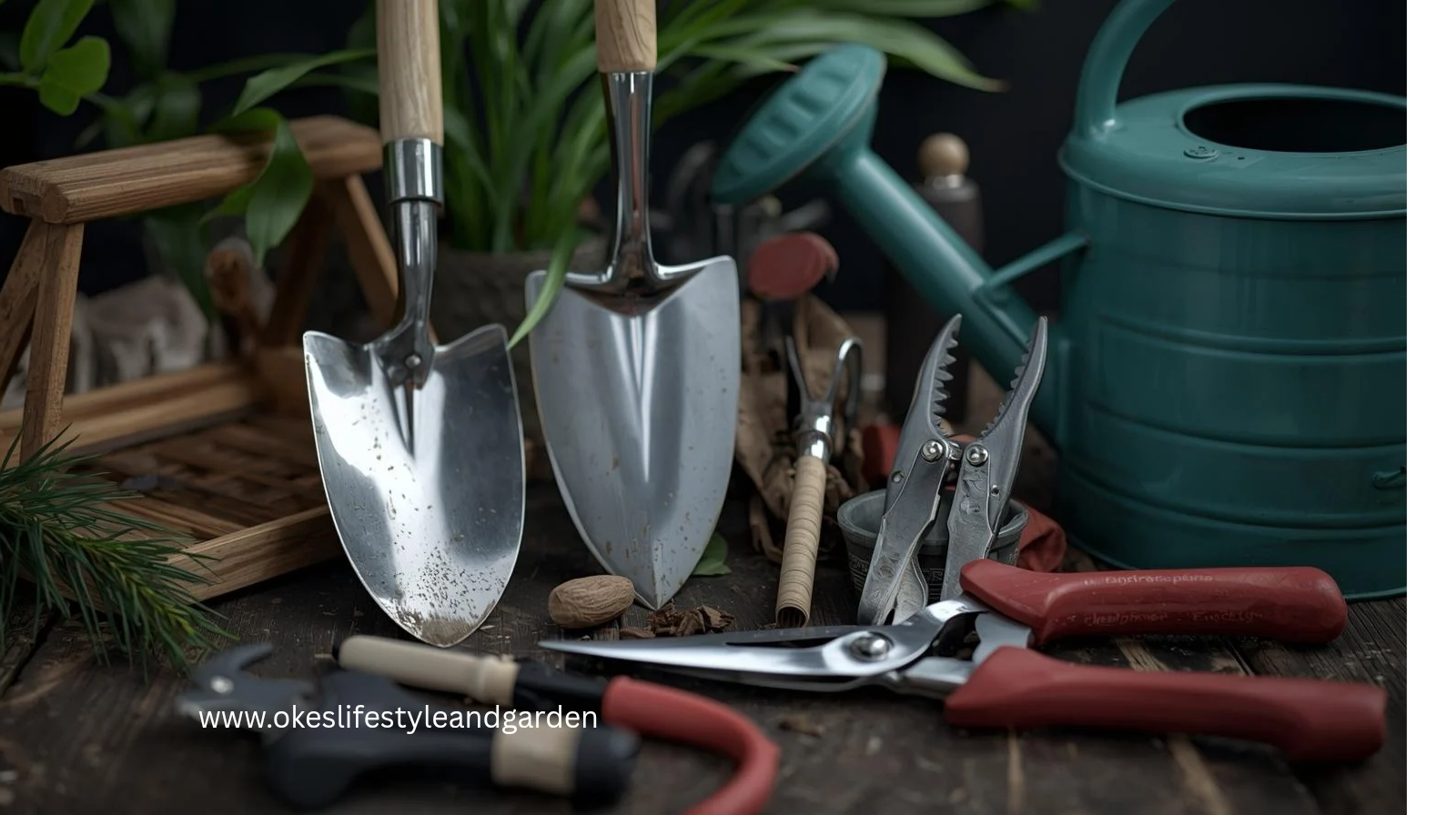
But as I quickly discovered, having the right gardening tools for beginners makes the whole experience smoother, more enjoyable, and far less frustrating. The truth is, you don’t need a shed full of fancy equipment to get started, just a few unique, beginner-friendly essentials that will help you plant, prune, and care for your garden with ease.
Starting your first garden is exciting, but it can feel overwhelming when you don’t know what tools you really need. The good news!! You don’t need a garage full of gadgets. With just a handful of smart, beginner-friendly tools, you will be ready to plant, prune, and nurture your green space with confidence
In this post, I will walk you through my top 10 picks for the best gardening tools for beginners. These aren’t the overly complicated or professional-grade gadgets you might see in a seasoned gardener’s kit. Instead, they are simple, practical, and designed to make your first gardening journey a success. Whether you’re dreaming of a small herb patch on your balcony or a backyard full of colorful blooms, these tools will give you the confidence to dig in,literally!
why do you need gardening tools as a beginner
As a beginner, it’s tempting to skip the “essentials” and improvise,digging with a spoon, pulling weeds with bare hands, or carrying water in a cup. Trust me, I have been there. But without proper tools, even the simplest tasks can feel frustrating. A sturdy trowel makes planting seedlings quicker and neater, gloves save your hands from scratches and blisters, and a watering can helps you give your plants just the right amount of love without flooding them.
Having the right tools doesn’t just make gardening easiest, makes it feel less overwhelming. Instead of wrestling with weeds or struggling to dig a hole, you can focus on the joy of watching your plants grow. And honestly, there’s something deeply satisfying about reaching for a tool that feels like an extension of your hands.
So if you are just starting your gardening journey, don’t think of tools as “extras.” Think of them as little helpers that make the whole experience smoother, more fun, and far more rewarding.
Here are my top 10 picks for the best gardening tools for beginners:
Step 1 — Glove
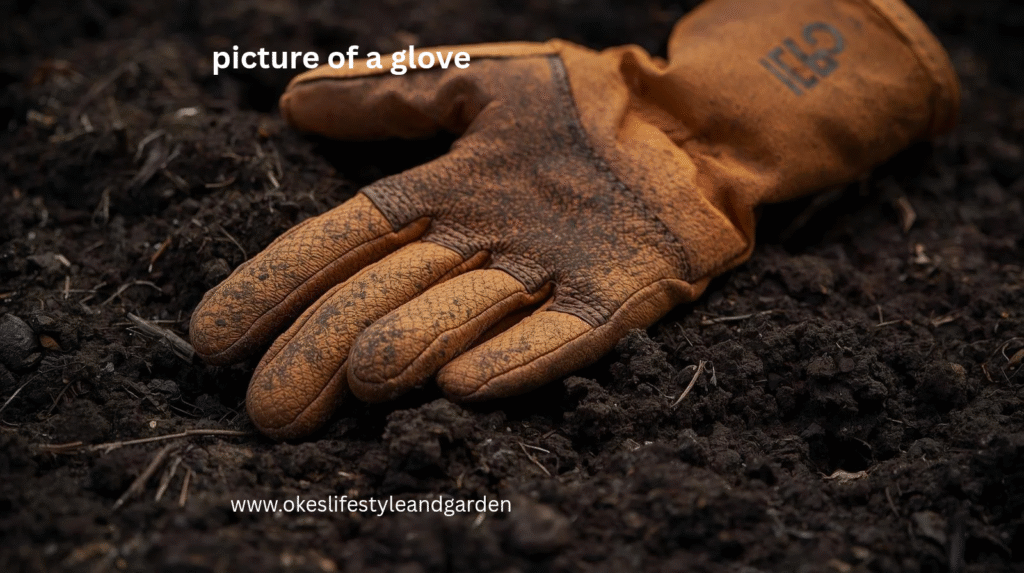
Why: Protects your hands from thorns, splinters, soil and blisters.
How to use: Put them on whenever you’re digging, weeding or handling rough stems.
Buy tip: Look for a snug fit with reinforced fingertips. Leather for heavy work, fabric with rubber coating for general tasks.
Care: Brush off soil, let dry flat, replace if torn.
Step 2 — Hand trowel
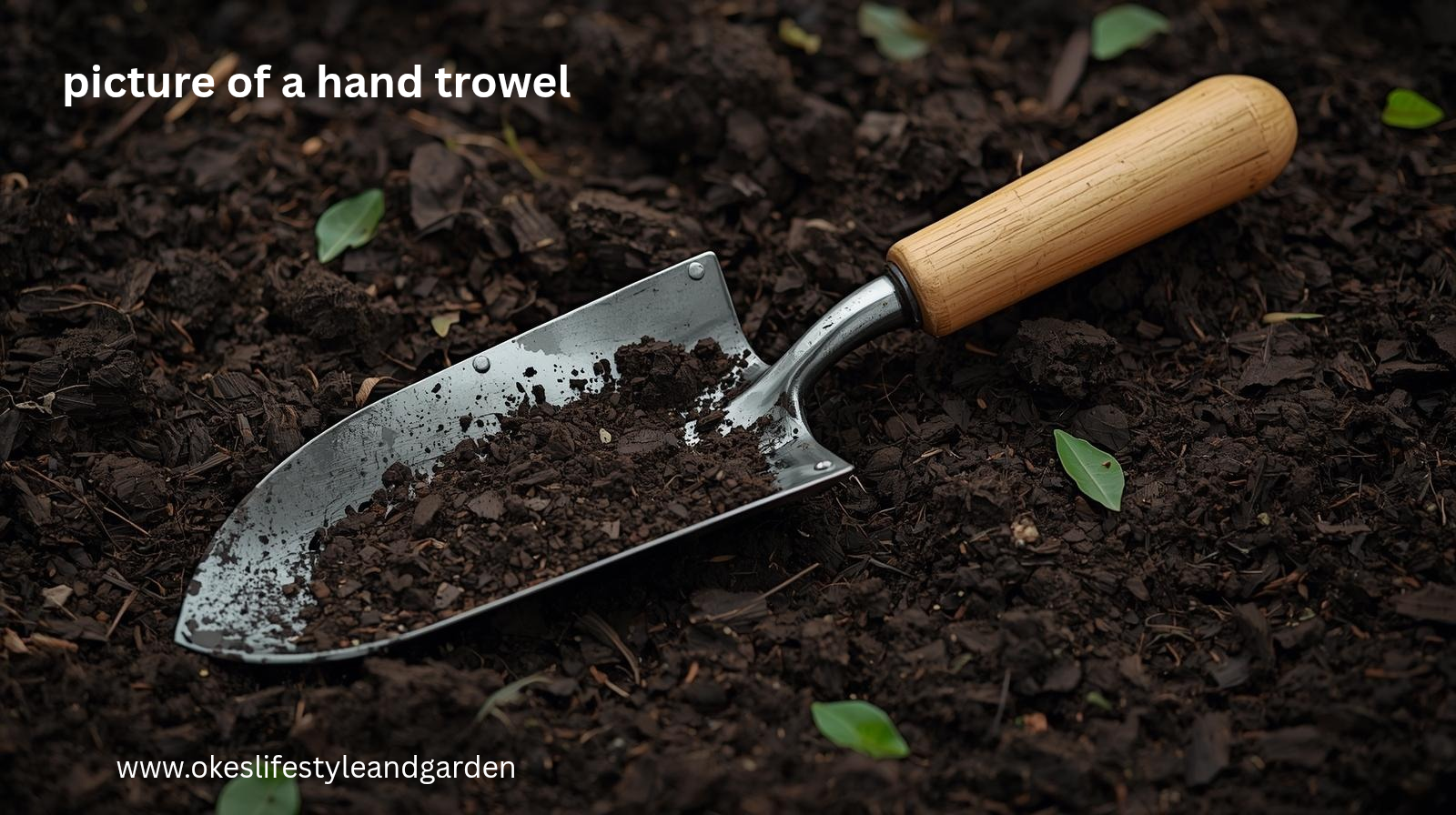
Why: The little workhorse, for planting seedlings, transplanting, scooping compost and digging small holes.
How to use: Hold the handle firmly and use the blade like a small shovel. Angle the blade to cut through soil when planting.
Buy tip: Solid one-piece metal blades last longer than flimsy stamped metal.
Care: Rinse off soil, dry, and oil the metal occasionally.
Step 3 — Hand fork / cultivator
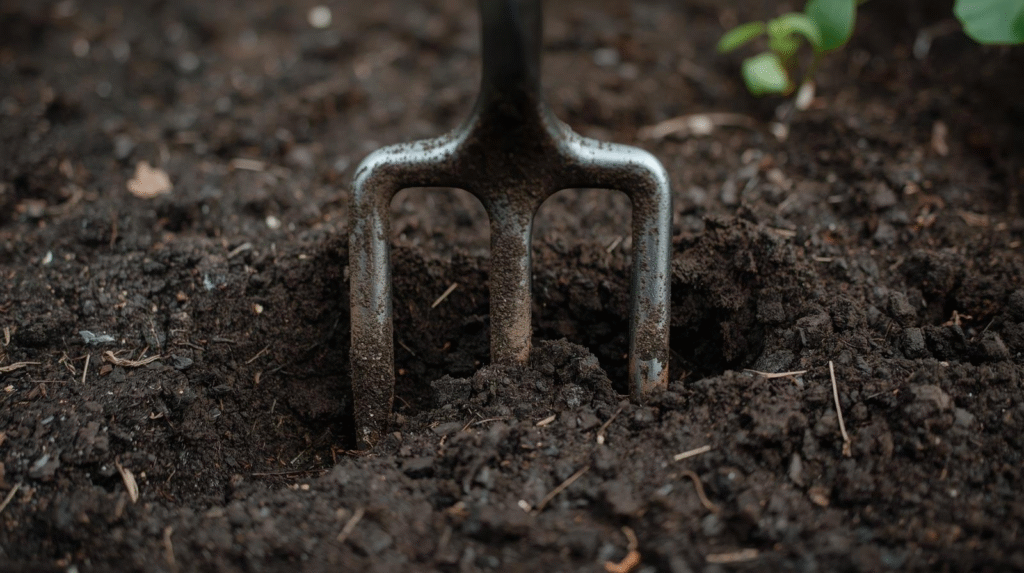
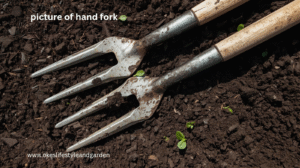
Why: Great for loosening soil in beds, uprooting small weeds, and mixing in compost.
How to use: Work the fork in small sections, levering and breaking compacted soil without damaging roots.
Buy tip: Short handle versions are perfect for raised beds and pots.
Care: Clean tines after use and store dry.
Step 4 — Pruning shears (secateurs)
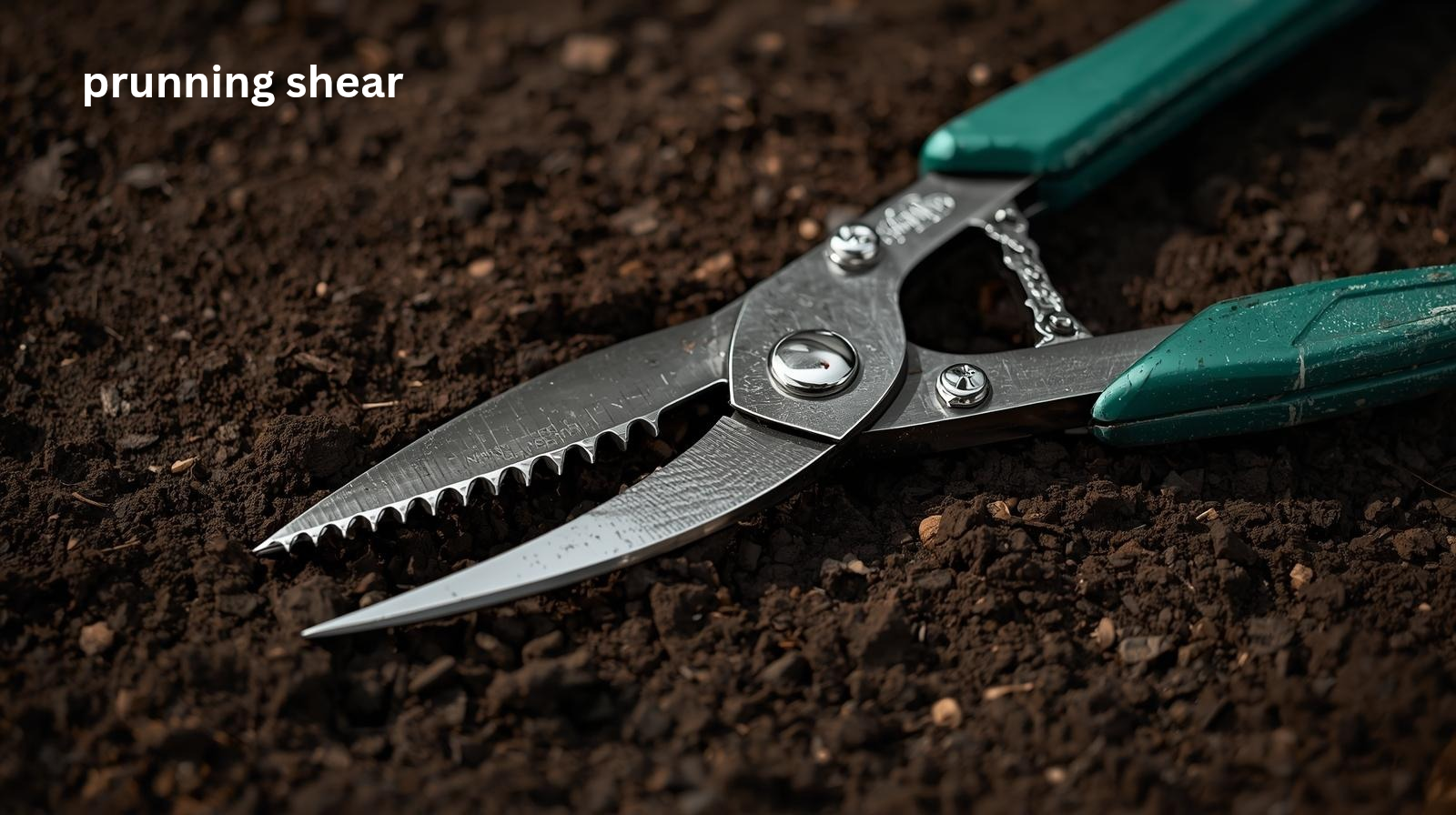
Why: For trimming dead growth, cutting back perennials, harvesting, and shaping small shrubs.
How to use: Use bypass shears for live stems (clean, angled cuts) and anvil shears for dead wood. Cut at a 45° angle for many plants.
Buy tip: Comfortable grips and a reliable locking mechanism matter.
Care: Wipe sap off blades after use, sharpen periodically, oil the pivot.
Step 5 — Watering can or hose with nozzle
Why: Plants need consistent, gentle watering , especially young seedlings.
How to use: Water at soil level to avoid wetting leaves; use a rose (sprinkler head) on the can or a gentle nozzle on the hose.
Buy tip: For balconies/pots, a 1–2 L can is handy; for beds, a larger can or hose is easier.
Care: Empty and store to prevent algae, check hoses for leaks.
Step 6 — Spade / digging shovel
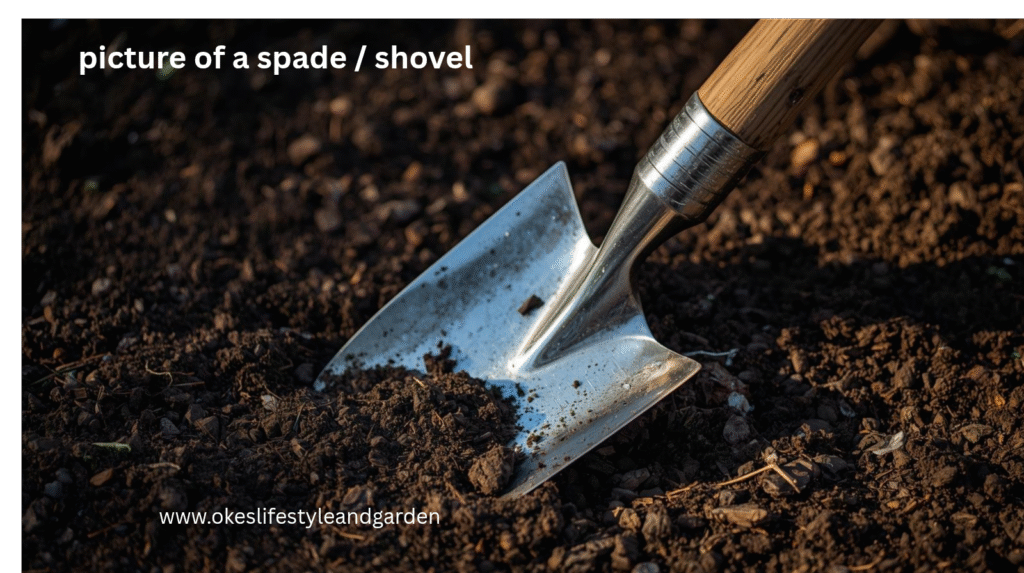
Why: For digging larger holes, edging beds, turning soil, and moving compost or soil.
How to use: Plant your foot on the top edge to push the blade in, use your body weight and keep your back straight.
Buy tip: Choose a broom-handle length that fits your height; forged heads are tougher.
Care: Clean off soil, dry, and oil metal; tighten handle if loose.
Step 7 — Rake
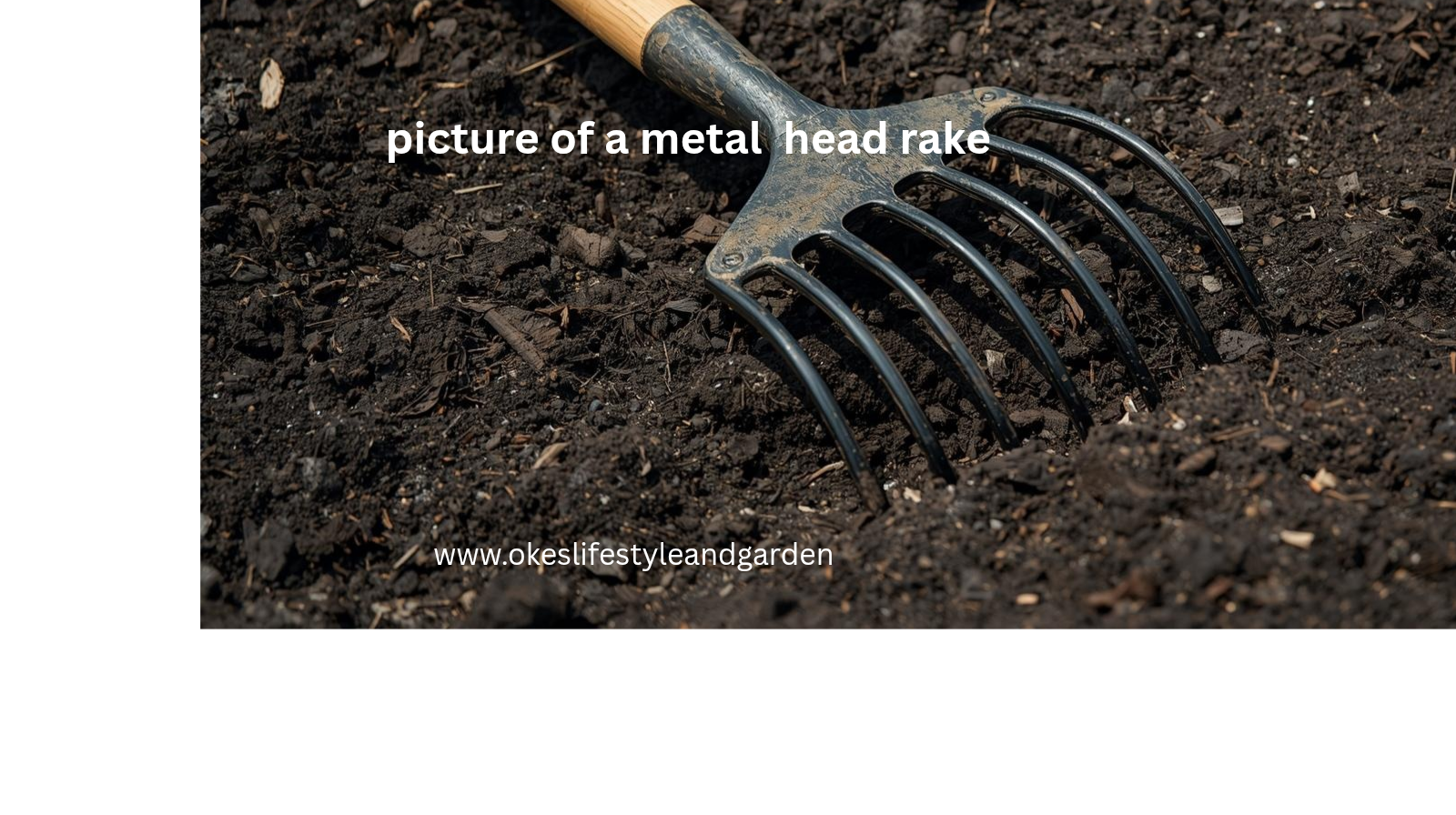
Why: Leveling soil, collecting leaves, clearing debris and finishing beds before planting.
How to use: Use the flat side for leveling; the tined side for leaves and light debris.
Buy tip: Metal tines for heavy work; plastic for light leaf clearing.
Care: Clean leaves off and hang to dry.
Step 8 — Kneeling pad or garden seat
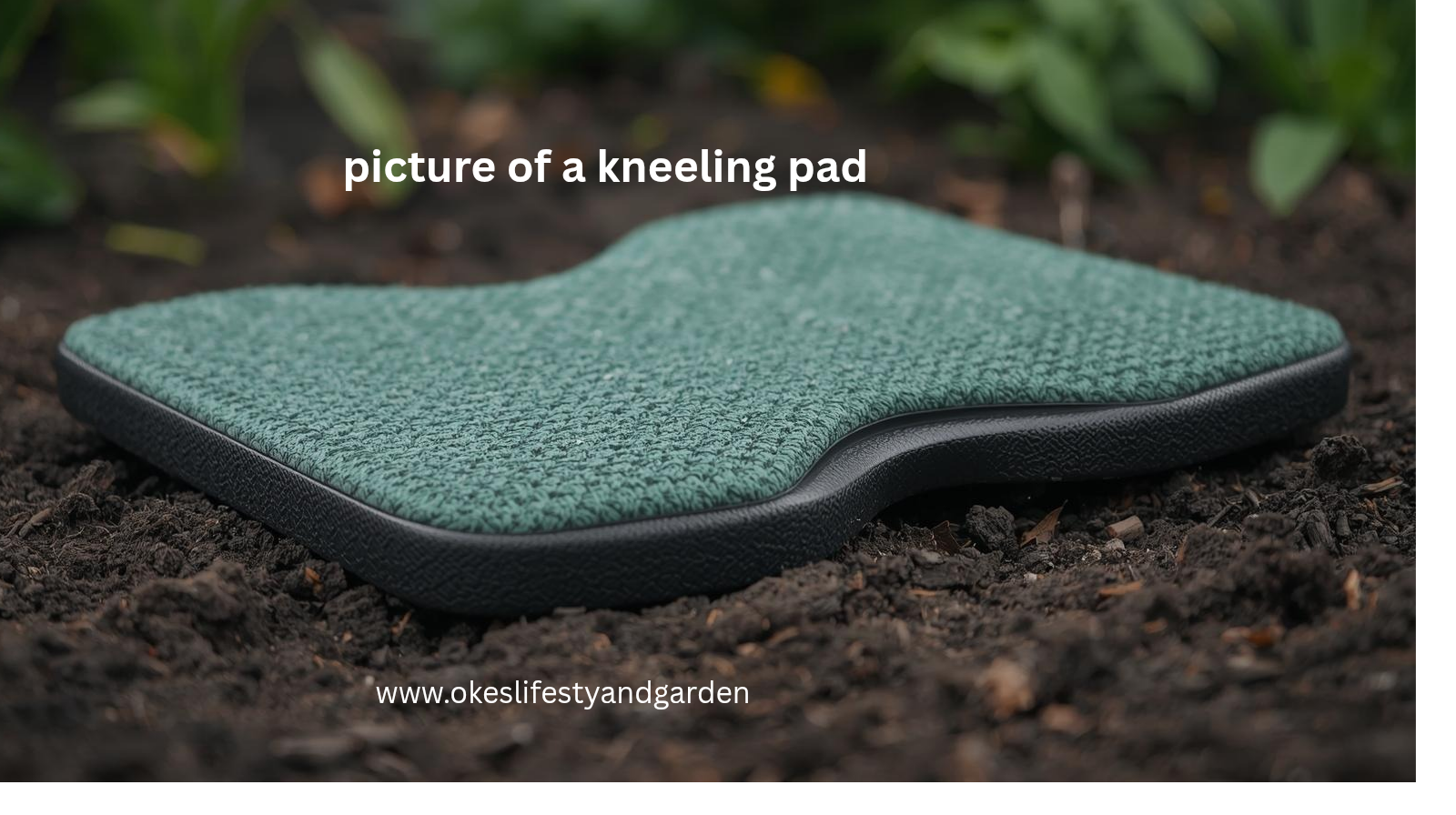
Why: Gardening can be hard on knees and back. A pad or low seat keeps you comfortable so you’ll spend more time outside.
How to use: Use the pad when kneeling; use the seat while pruning or potting.
Buy tip: Waterproof pads are easy to hose off. Foldable seats double as tool carriers.
step 9 – Wheelbarrow or sturdybucket/gardencart
Why: Moves soil, compost, plants and debris without dozens of trips.
How: Load carefully, push with both hands and use your legs when lifting.
Buy tip: For small gardens, a heavy-duty bucket works; larger beds benefit from a wheelbarrow.
Care: Rinse out, tip to dry and store under cover.
Step 10 – Garden twine, stakes and labels
Why: Trains climbing plants, supports stems, marks rows and keeps things tidy.
How: Tie plants loosely to stakes; use twine for temporary supports and labels for identification
Buy tip: Biodegradable twine is cheap and eco-friendly; get a pack of wooden labels.
Care: Replace twine that’s frayed; store stakes
Bonus essentials (small but mighty)
Soil tester / trowel knife: Quick checks of pH and soil condition help plants thrive.
Small bucket/compost bin: For collecting weeds
Buying & caring — three quick rules
- Buy once, cry once: Spend a bit more on tools you will use all the time (trowel, spade, shears). Cheap tools break and frustrate.
- Keep them dry and sharp: Clean tools after use, let them dry, oil metal parts and sharpen blades occasionally.
- Store them safely: Hang long-handled tools and keep sharp tools locked away from kids/pets.
if you enjoyed reading this post, then you can also read this,
Amazing ways of growing indoor plants in a small space
